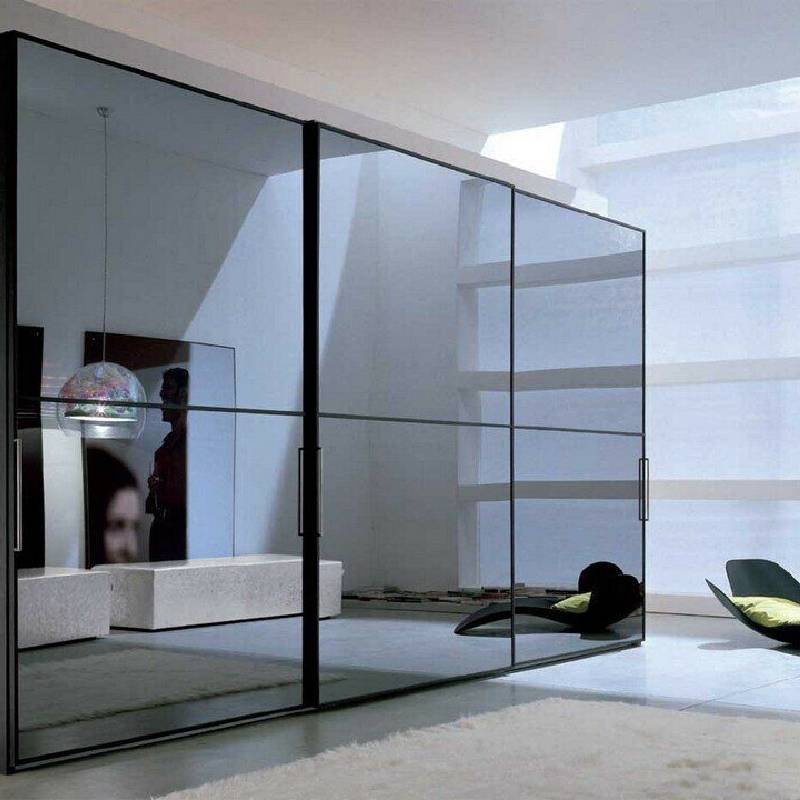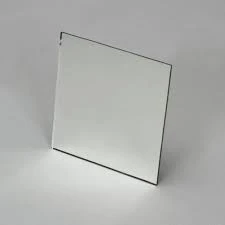Tinted glass has revolutionized how we approach comfort, privacy, and energy efficiency in various environments. As a versatile solution,
different types of tinted glass serve functions beyond mere aesthetics. This article will explore the unique benefits and applications of these tinted glass types, ensuring you make an informed decision for your next project.

To begin with, reflective window film, a renowned type of tinted glass, incorporates a metallic coating that provides a mirror-like finish. This feature is particularly beneficial for commercial buildings where privacy is paramount. Reflective films reduce glare, making them ideal for office environments and homes in sunny climates. The energy efficiency offered by reflective window films is commendable, as these tinted glasses significantly reduce heat gain, leading to lower air-conditioning costs.
For residential projects, dyed window film emerges as a popular choice. Composed of a thin, dyed polyethylene film, this type is particularly favored in urban environments where aesthetics and privacy are of equal importance. Unlike reflective films, dyed films absorb solar energy rather than reflect it. This absorption capacity contributes to maintaining a cooler temperature indoors. While their durability might not match metalized options, their affordability and ease of installation make them accessible for homeowners.

Ceramic window film represents the pinnacle of tinting technology. Made from nano-ceramic particles, these films are a perfect blend of strength and performance, offering UV protection, heat rejection, and glare reduction without compromising visibility. Ideal for areas with harsh weather conditions, ceramic window films don't fade or deteriorate over time due to their inherent stability. Their superiority in performance and longevity also makes them suitable for automotive applications, where maintaining visibility is crucial.
Another emerging innovation in the tinted glass sector is smart glass, also known as switchable glass. Utilizing technologies like electrochromic, photochromic, thermochromic, and liquid crystal, smart glass transitions between clear and opaque states based on environmental conditions or electronic commands. This adaptability leads to optimal privacy and energy conservation, with applications spanning from luxury shelters to conference rooms. Despite their higher initial costs, the long-term savings from reduced lighting and HVAC needs underscore their value.
tinted glass types
Privacy window film, crafted with an etched or frosted design, offers privacy without shutting out natural light. Widely used in bathrooms, meeting areas, or any space requiring discretion, these films are an avenue to aesthetically enhance a property while fulfilling functional needs. The designs can vary from simple frosted appearances to intricate etched patterns, delivering a modern touch to any setting.
Safety and security window film have also carved a niche in this category, offering both tinting traits and protective features. These films are substantially thicker than standard tinting options, engineered to hold shattered glass together in the event of breakage. Ideal for regions prone to extreme weather or for properties requiring heightened security, these films blend durability with the UV protection benefits typical of tinted glass.
In this diverse landscape, choosing the right type of tinted glass is crucial. Factors to consider include geographic location, intended application, aesthetic desires, and budget constraints. While reflective and dyed films are well-suited for straightforward solutions, advanced options like ceramic or smart glass offer elevated protection and functionality, particularly in challenging environments or high-value installations.
In sum, the evolution of tinted glass types bears testimony to human ingenuity in tailoring environmental control solutions. With their multifaceted applications, these tinted glasses can transform spaces into havens of comfort and energy efficiency while offering a touch of modern elegance. As innovation continues, staying informed about the latest in tinted glass technology ensures you make choices that align with environmental goals and lifestyle aspirations.



